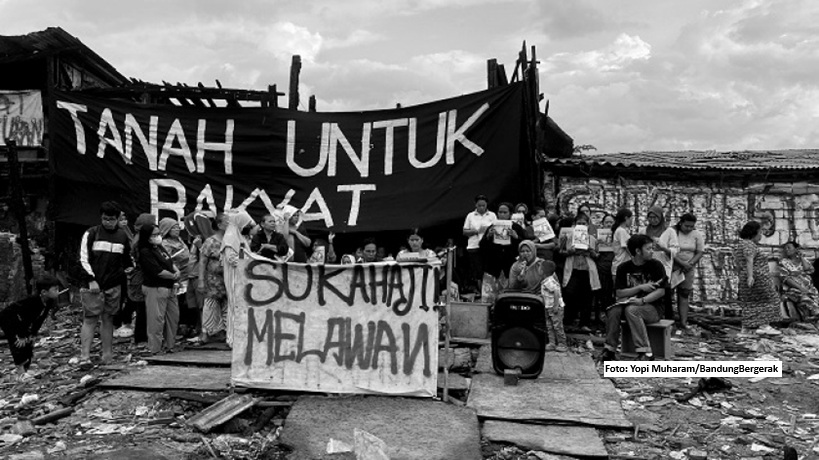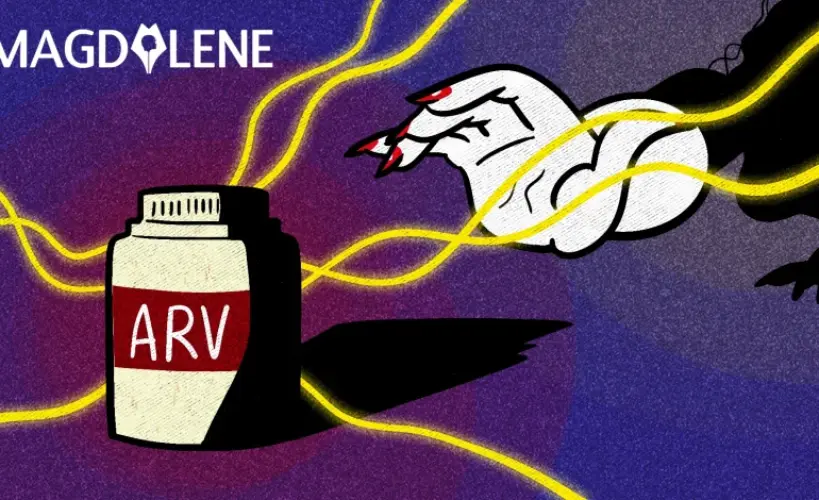How to Encourage Vulnerability in the Workplace While Keeping Workers Safe

As we begin to tentatively shape the post-pandemic business world, there is a growing chorus of voices pushing for a new normal. Powered by the Great Resignation, increasing numbers of workers are demanding a more human-centric work environment, with space to express trust and vulnerability.
In particular, one idea gaining steam is a worker-led expectation that it be normalized and safe to bring our whole selves to work instead of requiring a stiff, impersonal work persona. However, re-shaping the workspace along these lines is not without risk. To get a sense of the risks involved, it may be helpful to look at the fallout from recent efforts born of similar motivations, like corporate mindfulness.
The Cautionary Tale of Corporate Mindfulness
The past two decades have seen an explosive growth in corporate mindfulness initiatives as a way to support human-centric management. A 2017 study found nearly one in six white-collar workers engaged in some form of mindfulness practice.
Research shows mindfulness at work allows us to better control our attention. When we refine our capability to pay attention, we also improve other mental abilities, like being flexible and better regulating our emotional responses.
But managing the emotional needs of workers by encouraging them to have a mindful moment in the meditation room is counterproductive. While good for refining attention, mindfulness practice can be demotivating at work, as emphasizing staying “in the moment” is at odds with setting goals for the future. A mindful state can also make employees more vulnerable to exploitation by cynical executives as it encourages contentment with the status quo.
Also Read: New Doco Shows Rampant Sexual Harassment in Jakarta Factories
Beyond this cautionary tale, we also see that even in companies that explicitly encourage a psychologically safe culture, receptiveness about who can share their emotions without repercussions differs by race. And Bell, a company whose brand identity is tied to open discussions of mental health, has fostered a workplace culture that exacerbated stressors and systemic causes of mental illness.
There are a few principles that we can follow to encourage vulnerability in our workplaces, while countering these risks.
Three Principles to Follow
First, it’s helpful to remember that tone sets the standard. Two Harvard professors, Julia A. Minson and Francesca Gino, found that when colleagues communicated at work, they emulated the other’s tones. Individuals naturally picked up on expressions signalling receptiveness, or the opposite, and adopted them in replies.
This means a deliberate effort to set a human-centric tone at the start of an exchange can increase the likelihood of all participants following a set standard, and responding in kind. It’s a simple, yet effective, principle that can have a near instantaneous impact.
Second, accountability sets the culture. If we want a human-centric workspace, we need an organizational culture where everybody — up and down the hierarchy — is willing to take responsibility for their actions. Workplace culture needs to encourage and empower all members to take risks and own the consequences of their actions.
This means that everybody must be open to both giving and receiving feedback. A human-centric work culture values learning when someone’s work is in need of improvement, they need to be provided with the opportunity to grow and change. Human-centered management presumes accountability, which requires an openness to feedback. We can be kind and still hold folks accountable for what they do, what they say they are going to do and how they respond to what employees do.
Third, co-operation requires challenge, confrontation and safety. In a human-centric workplace, all participants are made to feel safe while being active and engaged in their work. Managers need to engender safety because authentic co-operation cannot be faked. We know when we are actually needed.
Real co-operation demands all involved parties honour the need to be active while creating value in an open and trusting environment. Everyone listens with the same intensity when others speak, and challenges other participants as appropriate, knowing they are bonded in a shared pursuit.
Creating Safe Work Spaces
Feeling safe does not mean that we are free from expectations to speak up and share our ideas, to actively contribute to a project or to take calculated risks in a supportive environment. Our post-pandemic culture has the lingering association of safety with passivity — we are only truly safe when we withdraw.
A “safe space” is often understood as a place free of conflict or criticism, but I argue that conflict is not antithetical to safety. We can trust that our co-operative partners have our best interests at heart, even when we are challenged by them.
Also Read: Ruang (Ny)Aman, A Safe Space to Share
With these three guiding principles, businesses can create a workplace environment that both supports vulnerability, and is less likely to lead to exploitation by the dishonest. It is a first, but deeply necessary, step in building a more human-centric post-pandemic future.
This article was first published on The Conversation, a global media resource that provides cutting edge ideas and people who know what they are talking about.






















